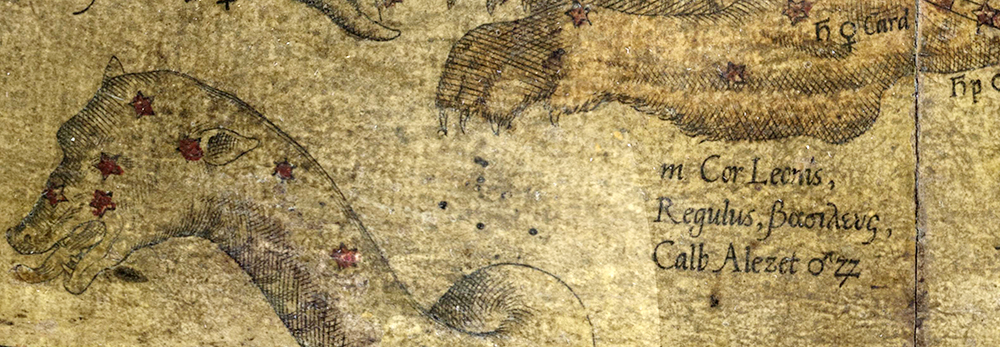Precession of the equinoxes

The influence of Nicolas Copernicus can be seen in the precession of the equinoxes, i.e. the gradual change in the Earth’s rotational axis. Mercator applied the new Copernican view to calculate stars’ positions, which in this theory referred to the year 1550.
Calculating to correct for precession was the biggest astronomical challenge faced by users of Ptolemaic star positions. A catalogue that defines stars’ coordinates based on a slowly changing system of reference always indicates the positions for a given moment in time, called the epoch. To calculate a star’s position at a later epoch based on existing catalogues, astronomers had to increase the star’s ecliptic longitude by a constant value as determined using the well-known theory of precession.
In the 16th century, a number of theories of precession coexisted. The values that were used to correct for precession, i.e. by increasing the longitude in relation to the one at the time of Ptolemy, could vary enormously.
In this area Mercator once again distanced himself from his master Gemma Frisius. Comparing the two geographers’ globes, we can for instance see a difference in the longitude of the star Regulus. The precession correction of Frisius’ globe (1537) is 19°40’, whereas the one on Mercator’s globe (1551) is 20°55’. By modern standards, a difference of 1°15’ would mean a difference of epoch corresponding to almost 90 years. This contrasts with the 14 years which actually separated the two globes’ publication. It is worth noting that celestial globe designers always opt for an epoch close the date their creations go into production.